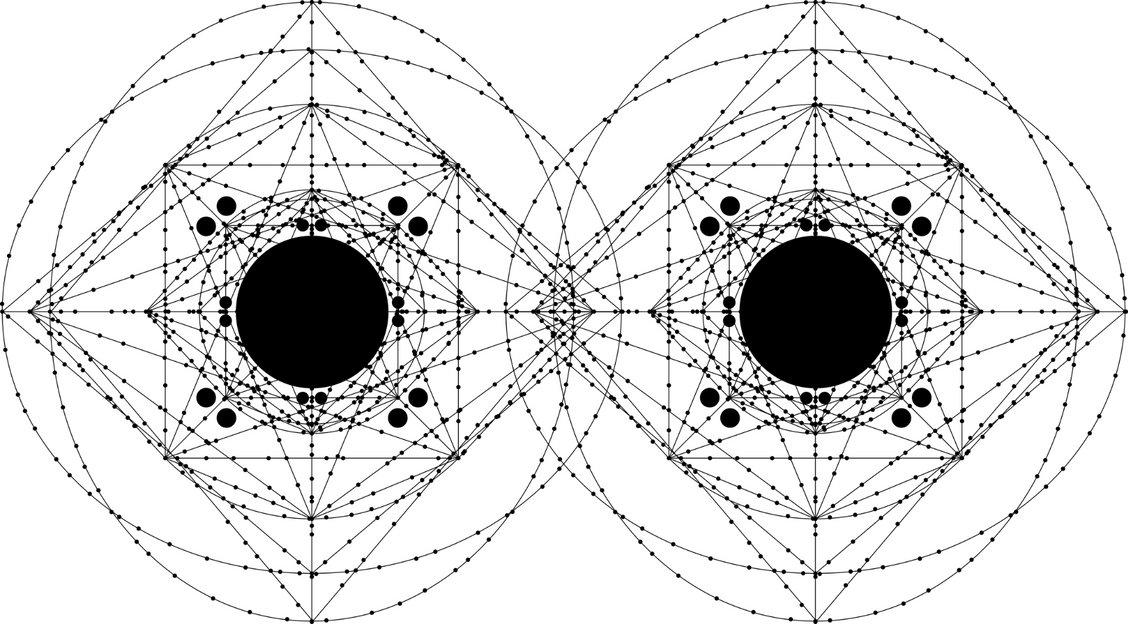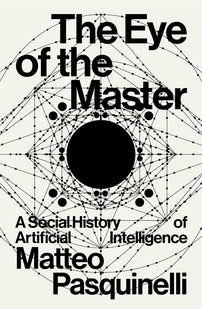The Labour of Information
Matteo Pasquinelli charts the entry of numerical information into the definition of labour.

The historian James Beniger argues that between the late nineteenth and mid-twentieth centuries, information technologies emerged because of the economic boom of Western countries and the need to govern industrial production and distribution. In other words, it was the economic acceleration which prompted the transformation of analogue media into numerical information.
The genesis of the paradigms of cybernetics and information theory responded to a ‘crisis of control’ of Western capitalism that had to manage a commodity surplus and new large infrastructures of distribution. Rather than information revolution, as it is often styled, Beniger termed this development as the oxymoronic control revolution (which is a fitting description also of the historical drive of cybernetics for political equilibrium). In order to govern a growing economy, a more abstract definition of information (that is measurable, computable, and transmissible knowledge) had to be introduced.
This historical process can be framed, once again, not just from the point of view of commodity circulation but the organisation of labour. Pace Beniger, Marxist accounts of the post-industrial age have stressed the role of labour conflicts and social struggles, rather than economic surplus, in prompting technological development. They have also contested the political neutrality of the technical notion of information, as the Italian sociologist Romano Alquati did, for instance, in his inquiry into labour conditions at the Olivetti computer factory in the early 1960s.
Olivetti was a pioneering company famous for producing typewriters, electronic calculators, and mainframe computers from the 1950s. In 1959, Olivetti launched, for instance, the Elea 9003, the first transistor-based commercial computer, whose futuristic graphi- cal user interface was designed by Ettore Sottsass. It was at the Olivetti factory in Ivrea that Alquati applied for the first time the method of workers’ inquiry (or, conricerca) to the organisation of labour in cybernetics. Workers’ inquiry was a sort of participatory action research, albeit more militant, and was based in the active involvement of workers, also with the extensive use of individual and group interviews.
Alquati discovered, then, that the cybernetic apparatus of the Olivetti factory first was an extension of its internal bureaucracy, which monitored workers at the assembly line and the production process in general by the means of ‘control information’. It was via the circuits of cybernetics that bureaucracy was finally able to descend into the bodies of the workers and watch their activities closely. Although Alquati viewed cybernetics as an extension of bureaucracy, he reversed the top–down perspective that is implicit in the idea of control information. In addition to ‘control information’, he coined the term ‘valorising information’ to describe the flow of information that is generated by the workers and that, running upstream, feeds the circuits of the factory, and gives form to the final products. In this view, information is continuously produced by workers, absorbed by machinery, and eventually condensed into commodities:
Information is essential to labour-force, it is what the worker – by the means of constant capital – transmits to the means of production on the basis of evaluations, measurements, and elaborations in order to operate on the object of work all those modifications of its form that give it the requested use value.
With Alquati, numerical information enters, probably for the first time, the definition of labour. Alquati noticed that the most important part of labour is made by the series of creative acts, measurements, and decisions that workers constantly have to perform in front of the machine and in the assembly line. He called information precisely all the innovative ‘micro-decisions’ that workers take along the production process, that give form to the product, but also regulate the machinic apparatus itself:
The productive labour is defined by the quality of information elaborated and transmitted by the worker to the means of production via the mediation of constant capital, in a way that is tendentially indirect, but completely socialised.
—An edited excerpt from The Eye of the Master: A Social History of Artificial Intelligence by Matteo Pasquinelli.
[book-strip]
